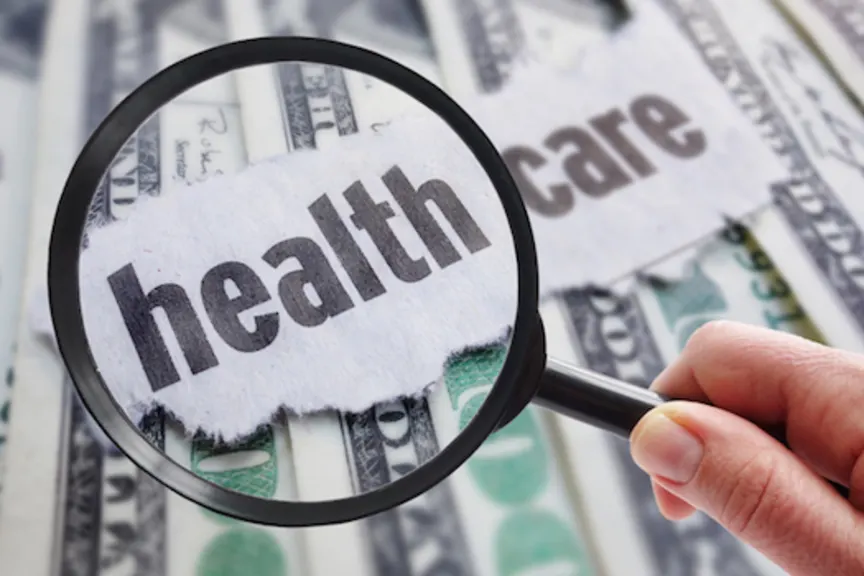5 Smart Strategies for Buying Health Insurance

Health insurance marketplacesopen Nov. 1 and, for most of the country, shut down on Dec. 15. Prices in many states will be vastly different than they were last year, and if you aren’t careful you could either end up with an unpleasant premium increase or, in some states, miss out on some amazing bargains.
The big disruption this year isthe government’s decision to stop reimbursing insurance companiesfor the money they spend to lower the out-of-pocket costs of people who buy certain mid-priced Silver plans.
The insurance companies have to offer these plans anyway, so in most states they’ll be collecting the needed money by jacking up premiums on Silver plans.
Subsidies for premiums, in the form of advance tax credits, will still be available as usual because the Affordable Care Act hasn’t been repealed. If you are eligible for these subsidies you’ll be shielded even from the most drastic premium increases. In some cases, you may even find you can buy a more generous plan than you’re used to.
Here are five strategies to try.
1. Get on the exchange and actively shop
No matter what type of financial help you may be eligible for, if any, insurance experts unanimously say you shouldn’t even think about simply allowing your current plan to auto-renew without checking out your options.
“Don’t have a lot of assumptions about plans coming in,” advises Aisling McDonough, a health communications consultant who worked for six years helping to run open enrollment for the federal government. “Your subsidy may be much larger this year and your premiums could actually go down.”
To speed things along, use your exchange’s window shopping feature, which allows you to see your estimated subsidy and your costs for different plans without going through the laborious process of updating your financial and household information.
To find your exchange, go toHealthcare.gov, the federal site that handles open enrollment for 39 states, and enter your ZIP code. If you live in one of the 11 states that runs its own exchange, you’ll be redirected to the correct site.
2. Stick with Silver if you qualify for both cost-sharing reductions and premium tax credits
You’re in this category if your 2018 income will be less than $30,150 for an individual or $40,600 for a couple. your subsidies will work exactly as they always have.
“The Silver plan is what gives you access to the cost-sharing reductions,” explains Elizabeth Carpenter, a vice president of Avalere, a health insurance consulting firm. “To minimize your monthly premium, consider the lowest or second-lowest-cost Silver plan in your area.”
3. Shop around if you’re only eligible for premium tax credits
You’re in this category if your income will be above the cost-sharing-reduction ceiling but less than $48,240 for an individual or $64,960 for a couple.
“这是事情变得有点瘦弱的,“Carpenter says. That’s because states have used different strategies to fold the cost of the cost-sharing reductions into premiums.
When considering your choices, look not only at your monthly premium but also at the plan’s deductible and out-of-pocket limit.
We priced plans in three states for a 40-year-old nonsmoking man making $35,000, and in two of them he could actually get a Gold plan for less than a Silver.
The choice would be a no-brainer in Pittsburgh, for example. There, a UPMC Gold plan is available, after the subsidy, for $251 a month with a deductible of only $800, whereas the UPMC Silver plan costs $264 with a deductible of $3,500.
The difference is even more striking in Wichita, Kan., where a Blue Cross Blue Shield Gold plan with a $1,500 deductible costs $34 a month less than the same company’s Silver plan with a $4,000 deductible.
In Austin, Texas, an Oscar Classic Silver plan, at $274 a month, is $83 a month less than the company’s Gold plan. But the Gold plan has a deductible of only $1,500 compared with $4,500 for the Silver plan. Someone who anticipates high medical expenses would save $3,000 on his deductible for an extra premium cost of only about $1,000. Still, omeone who’s generally healthy might opt for the lower premium.
4. Look both on and off the exchange if you don’t get any subsidies
“这是最困难的群体,”麦克唐纳说, because they have no protection from premium increases. In most states, though, cost-sharing reduction surcharges are appearing only on Silver plans, so if you are in this category, be sure to consider Bronze and Gold plans.
In a number of states, including California, Connecticut, Maryland, Pennsylvania, and Washington, the cost-sharing reduction surcharges are being added only to Silver plans sold on the exchange. Prices for off-exchange Silver plans are much lower.
The main challenge for shopping off-exchange is making sure you’re looking at the full range of plans available. McDonough advises consulting a reputable agent or broker, or starting your shopping at an online broker such asEhealthinsurance.com.
5. Don’t procrastinate
“Don’t wait until the last minute,” says Karen Pollitz, an insurance expert at the Kaiser Family Foundation. “In past open enrollments, there’s been a surge of activity as the end nears, and that slows down Healthcare.gov and overloads call centers.” In the past the government has allowed people waiting in line at the end of open enrollment to complete their applications, but that’s not guaranteed this year, she says.
If the application process seems too daunting, do it bit by bit, McDonough says. Start by collecting the documents you’ll need: tax returns, pay stubs, bank accounts, government identification, and proof of immigration status if applicable.
The exchange websites will allow you to partially complete your application, save it, and come back to it later.





